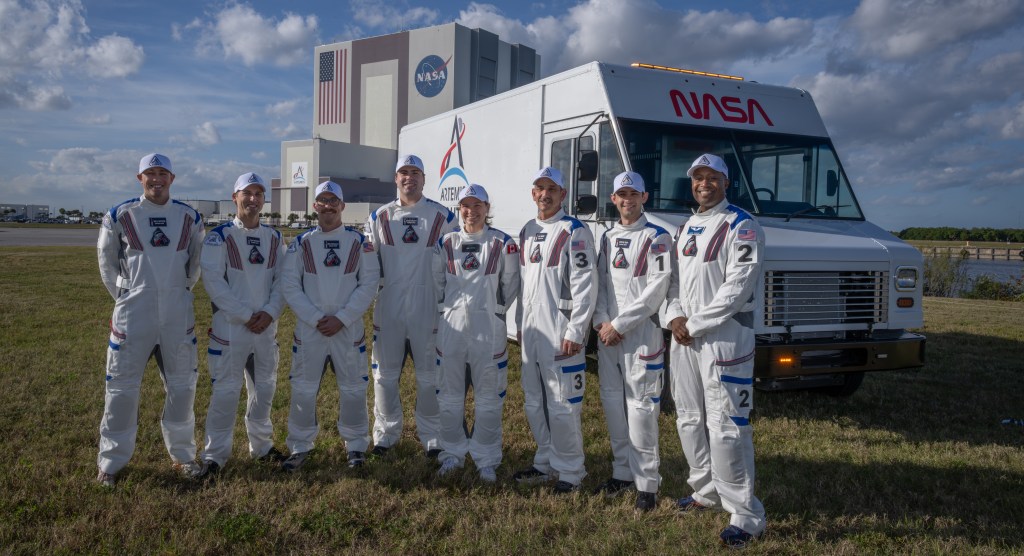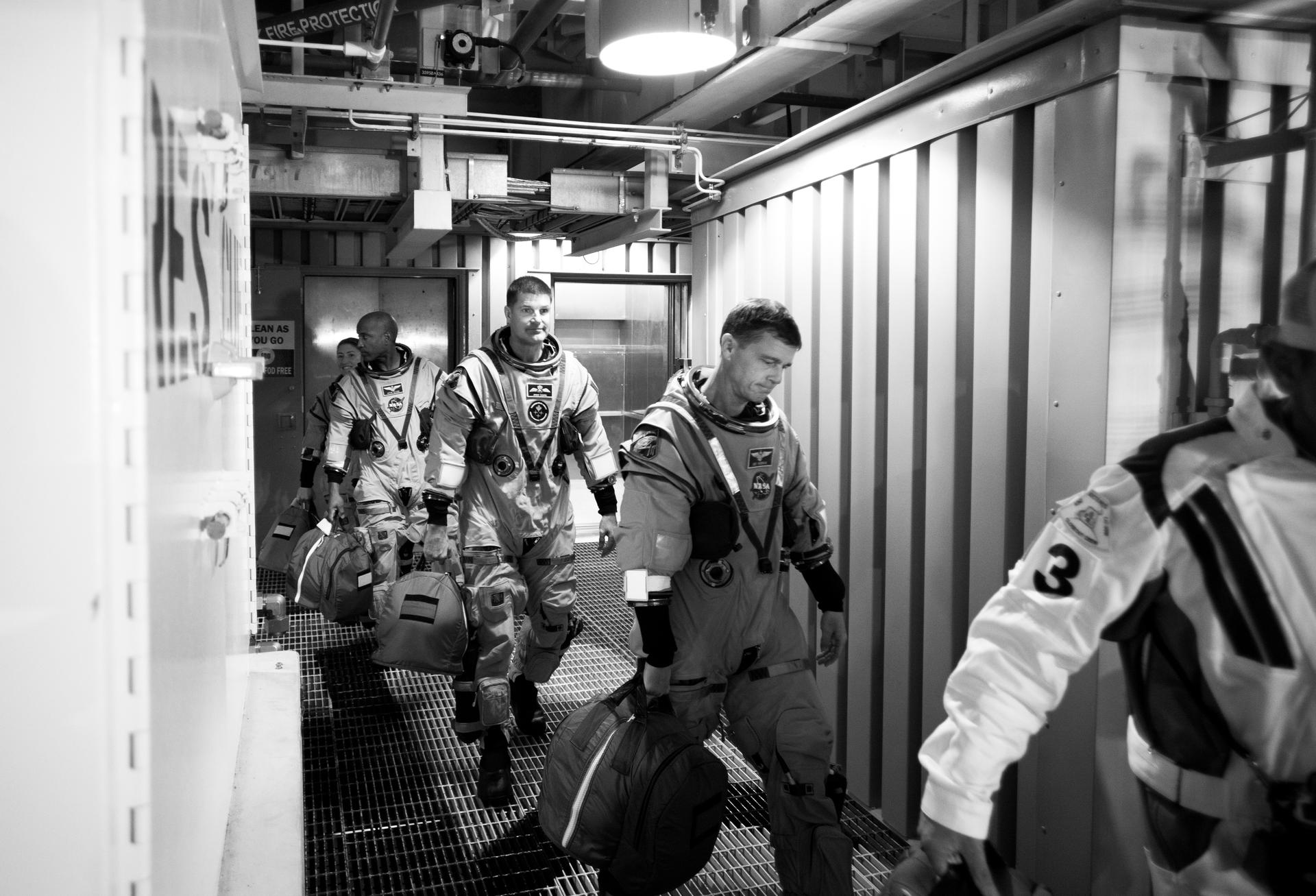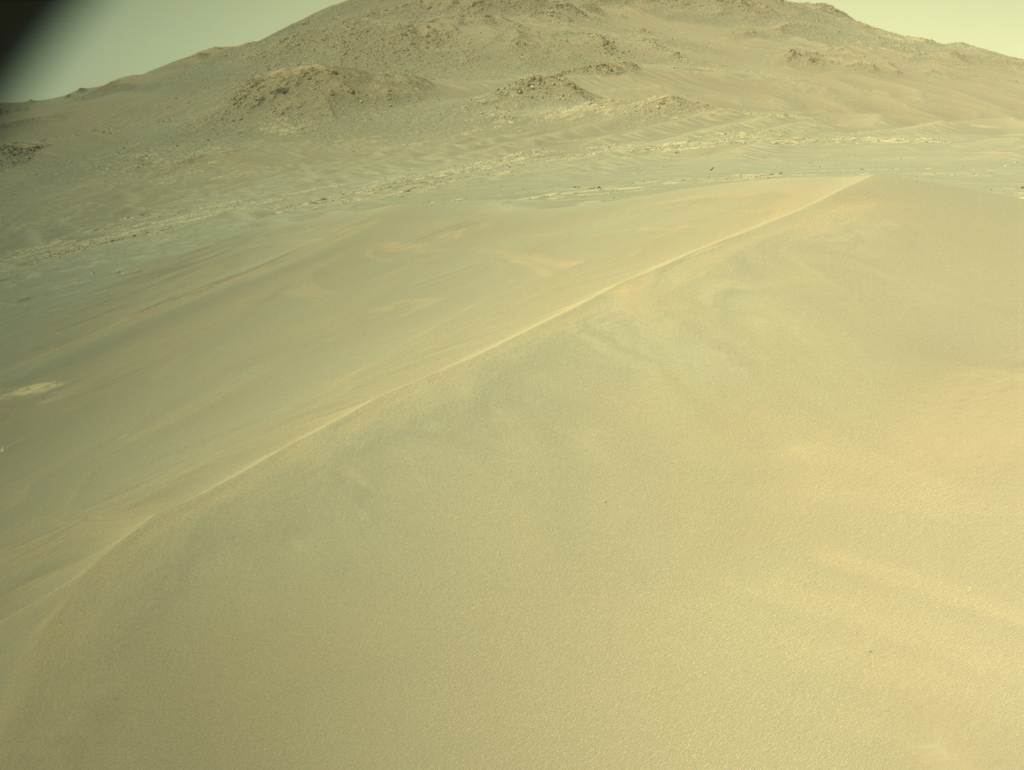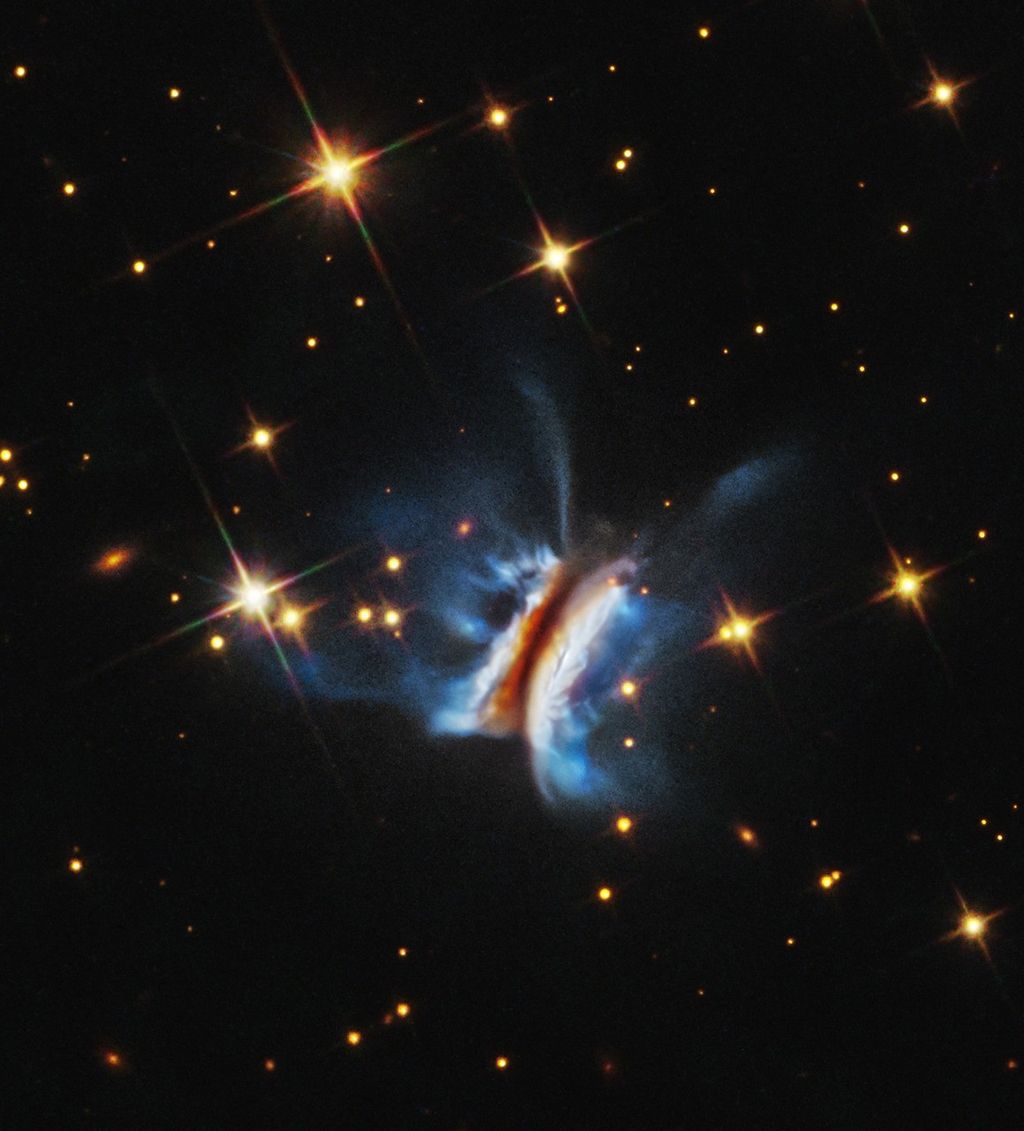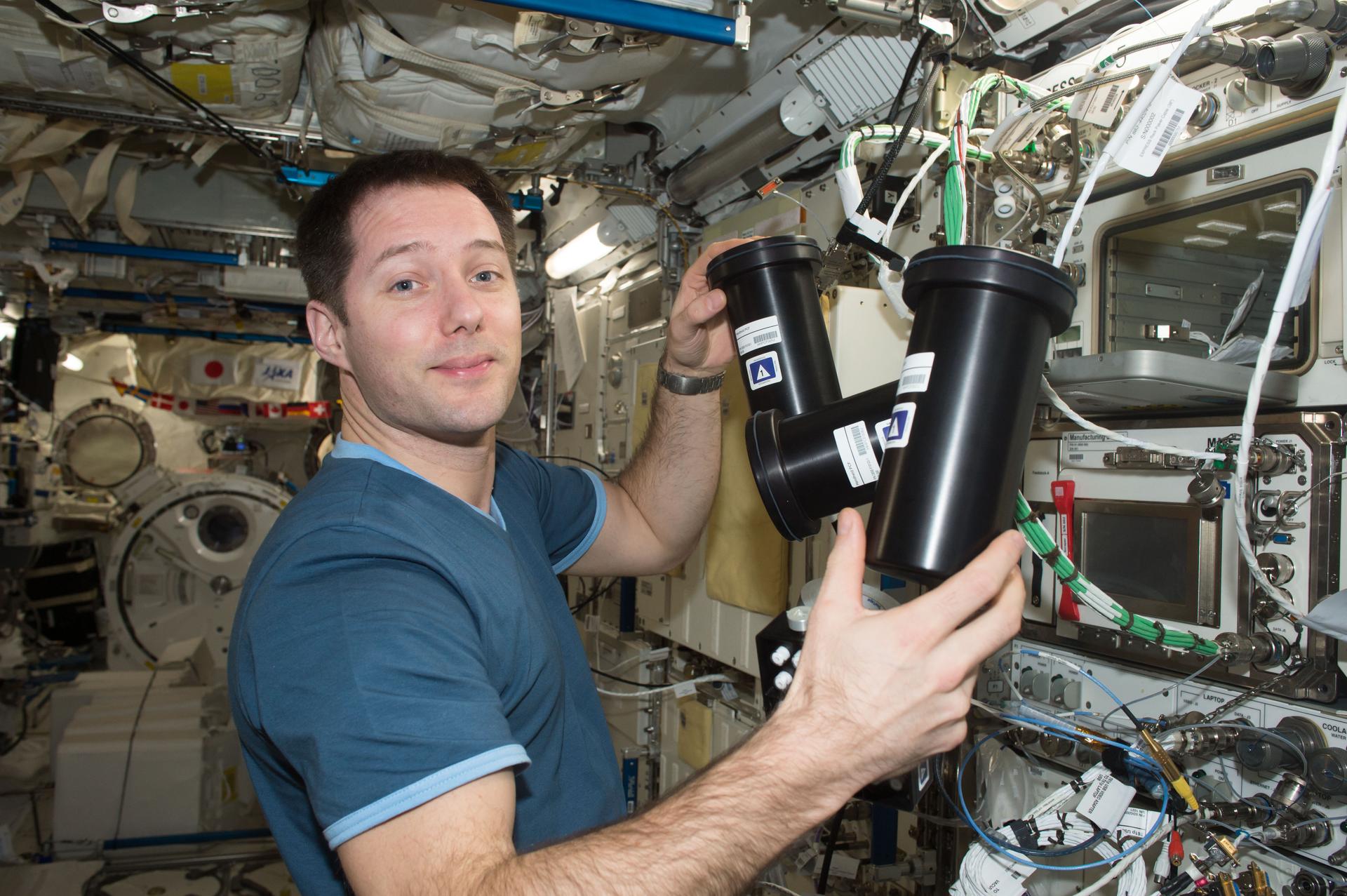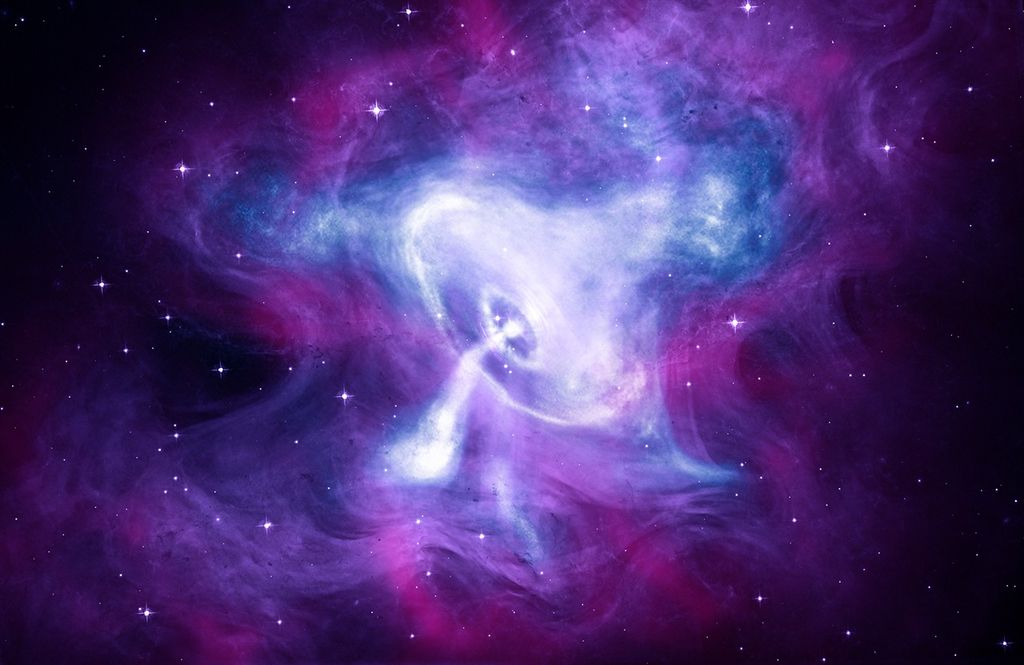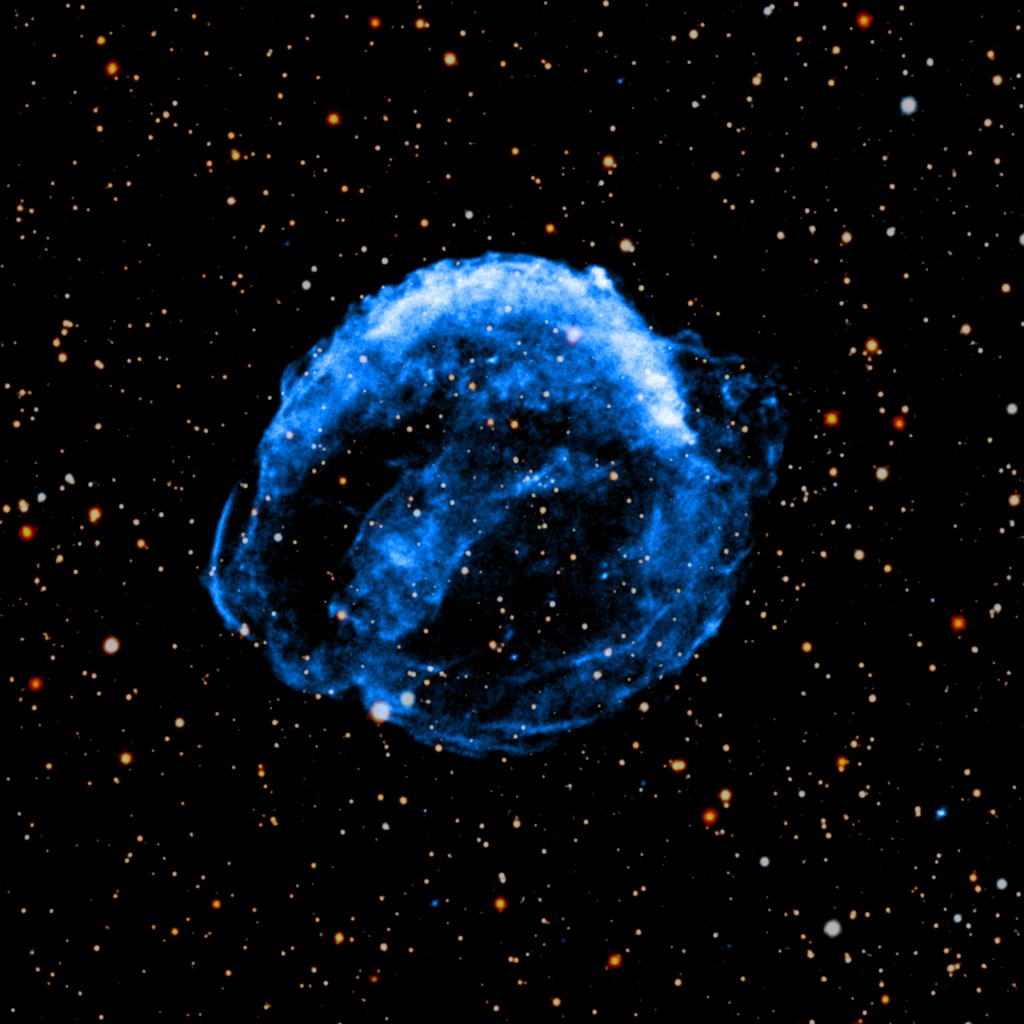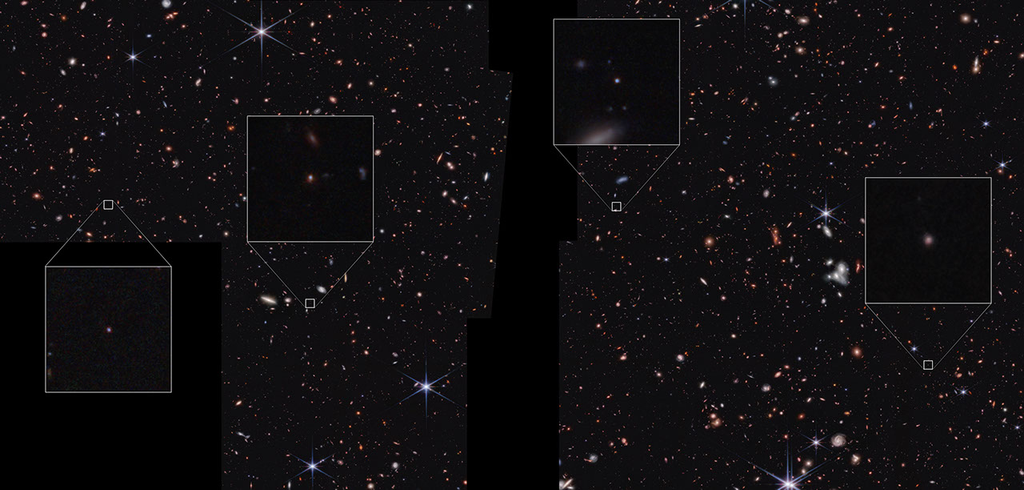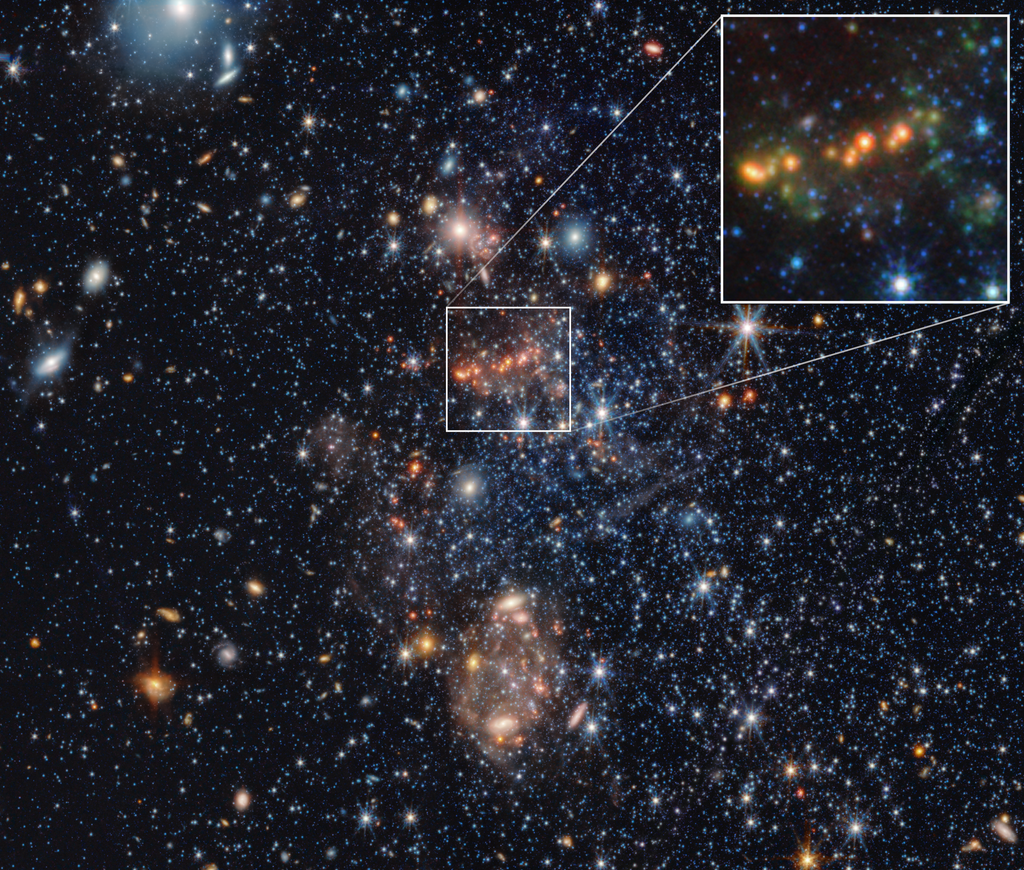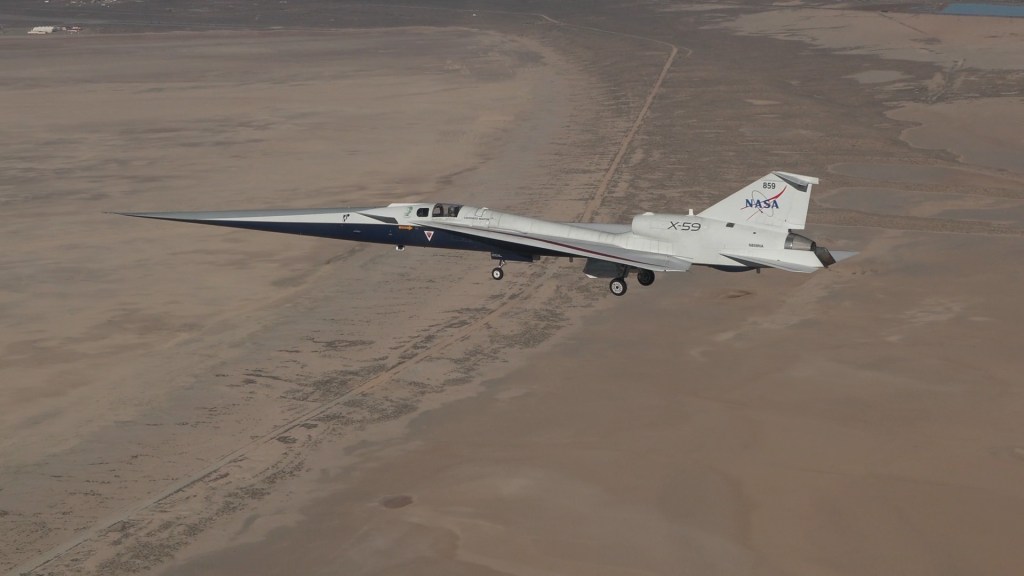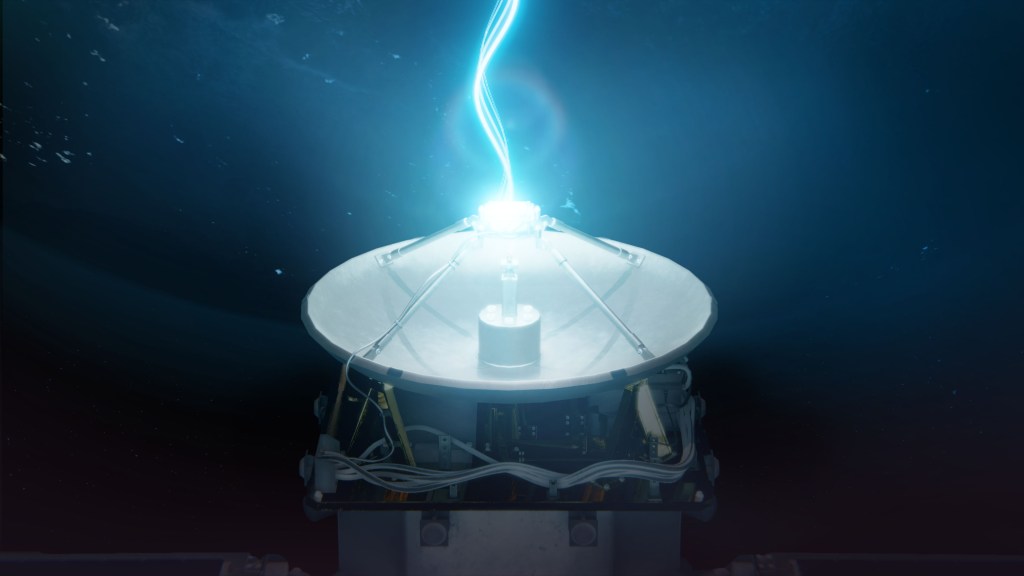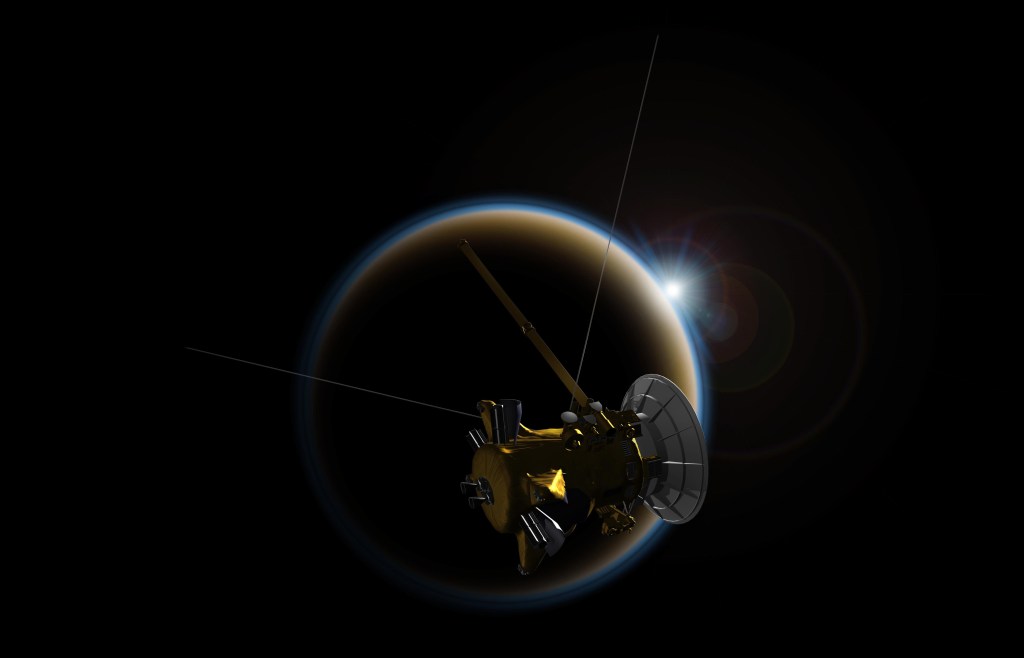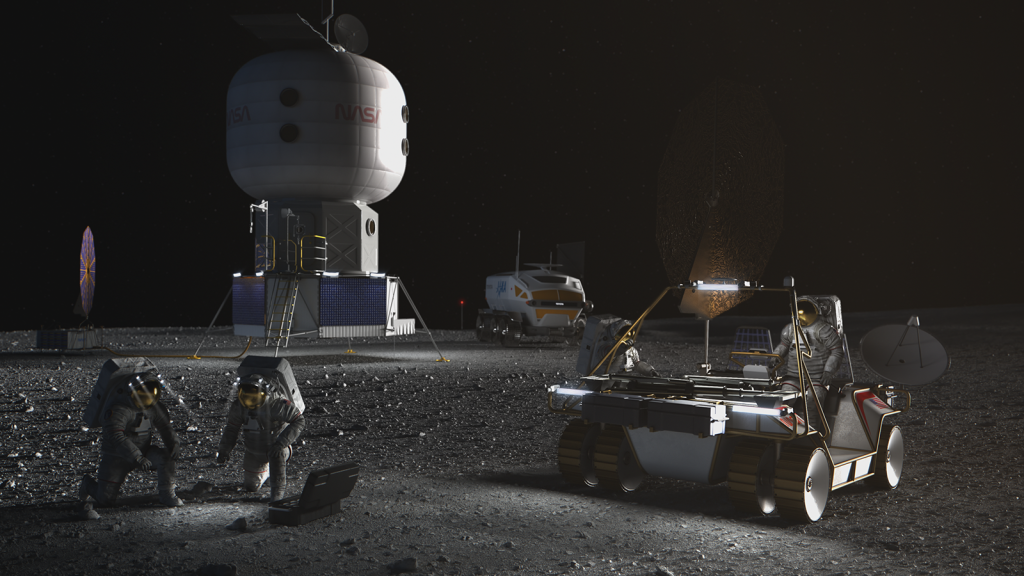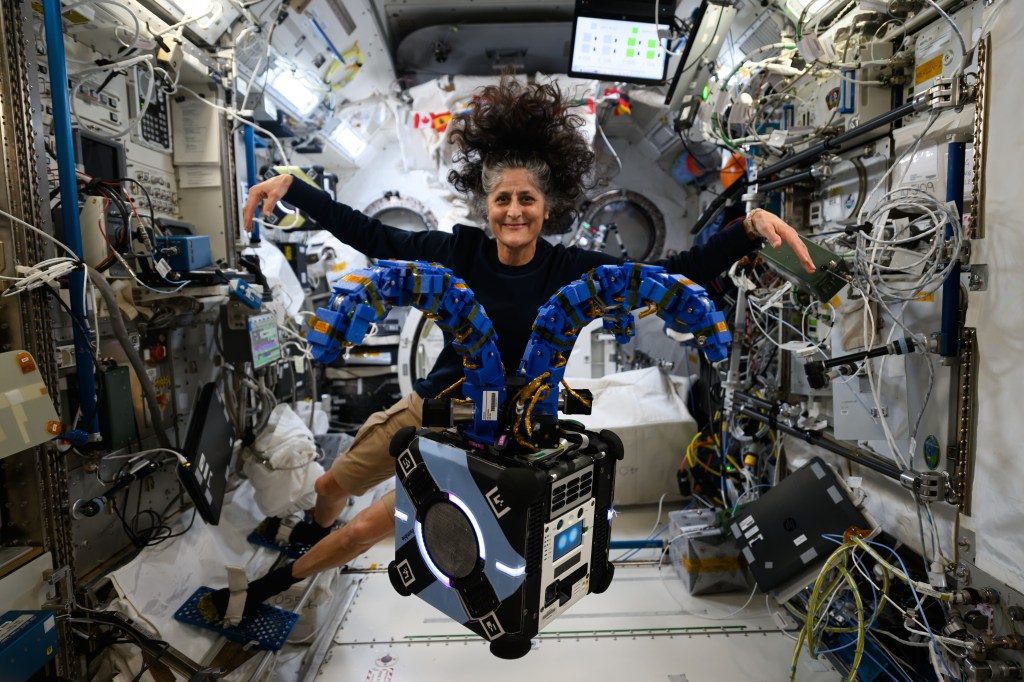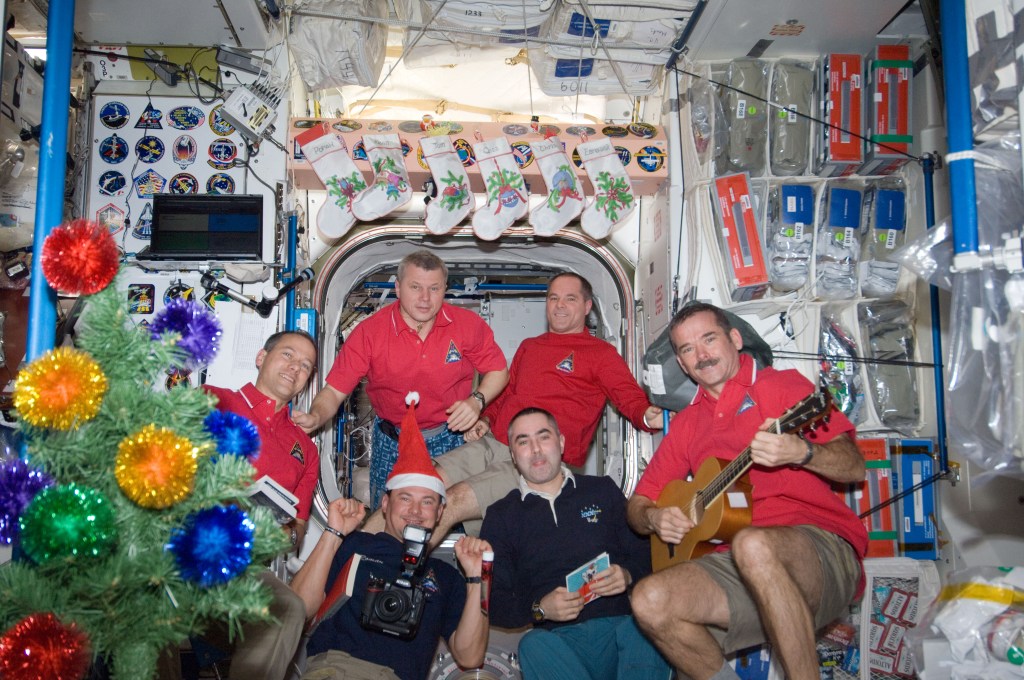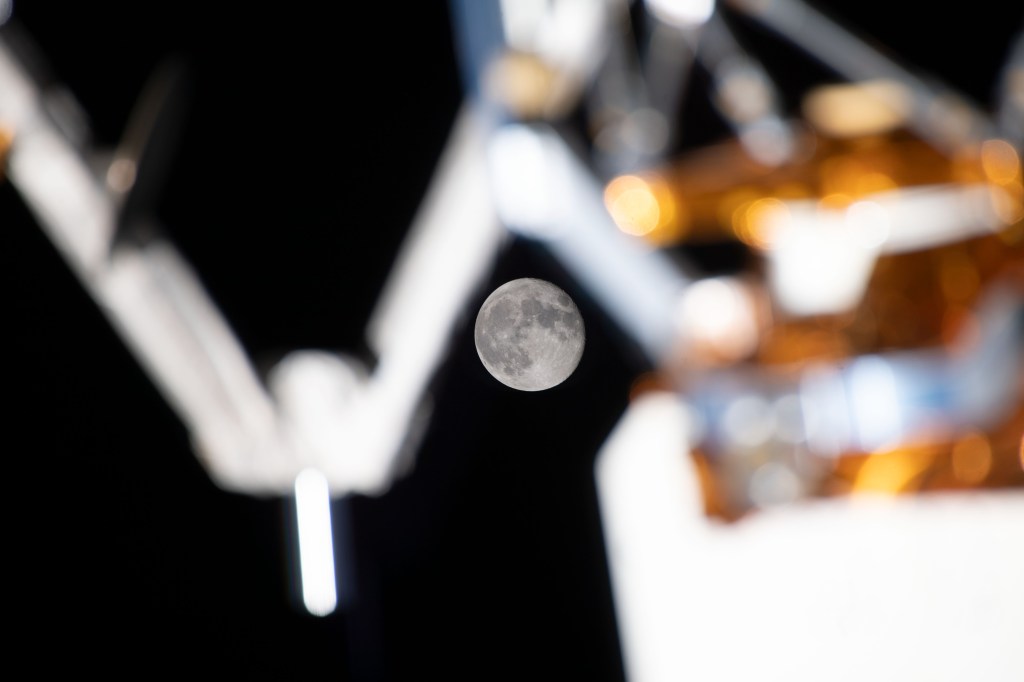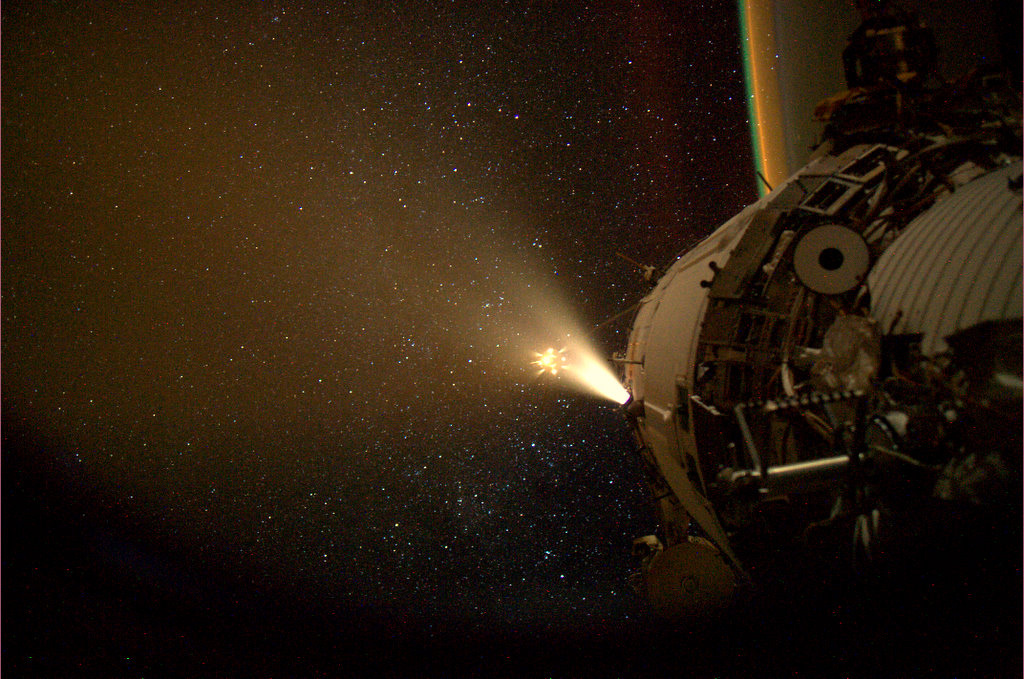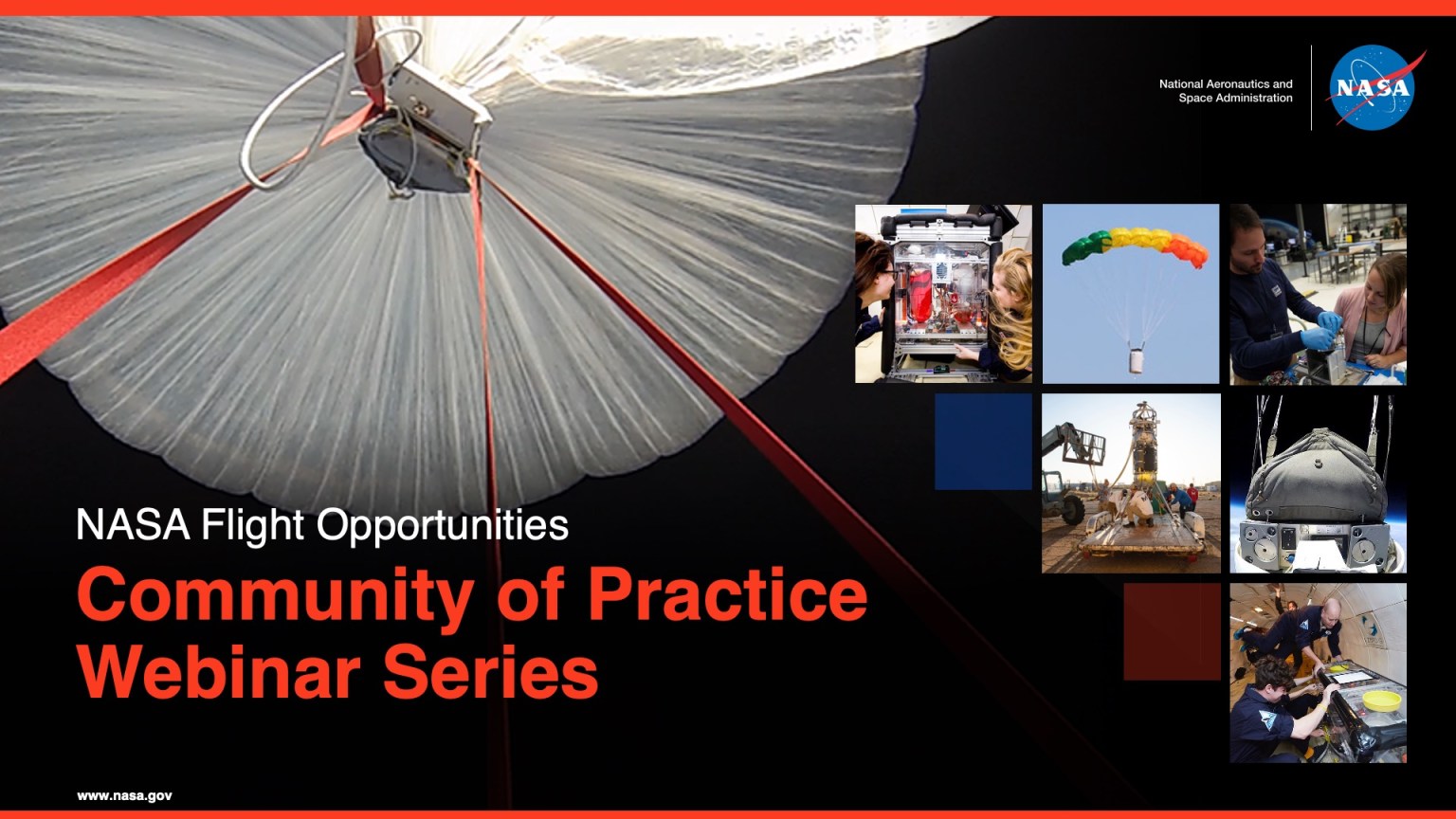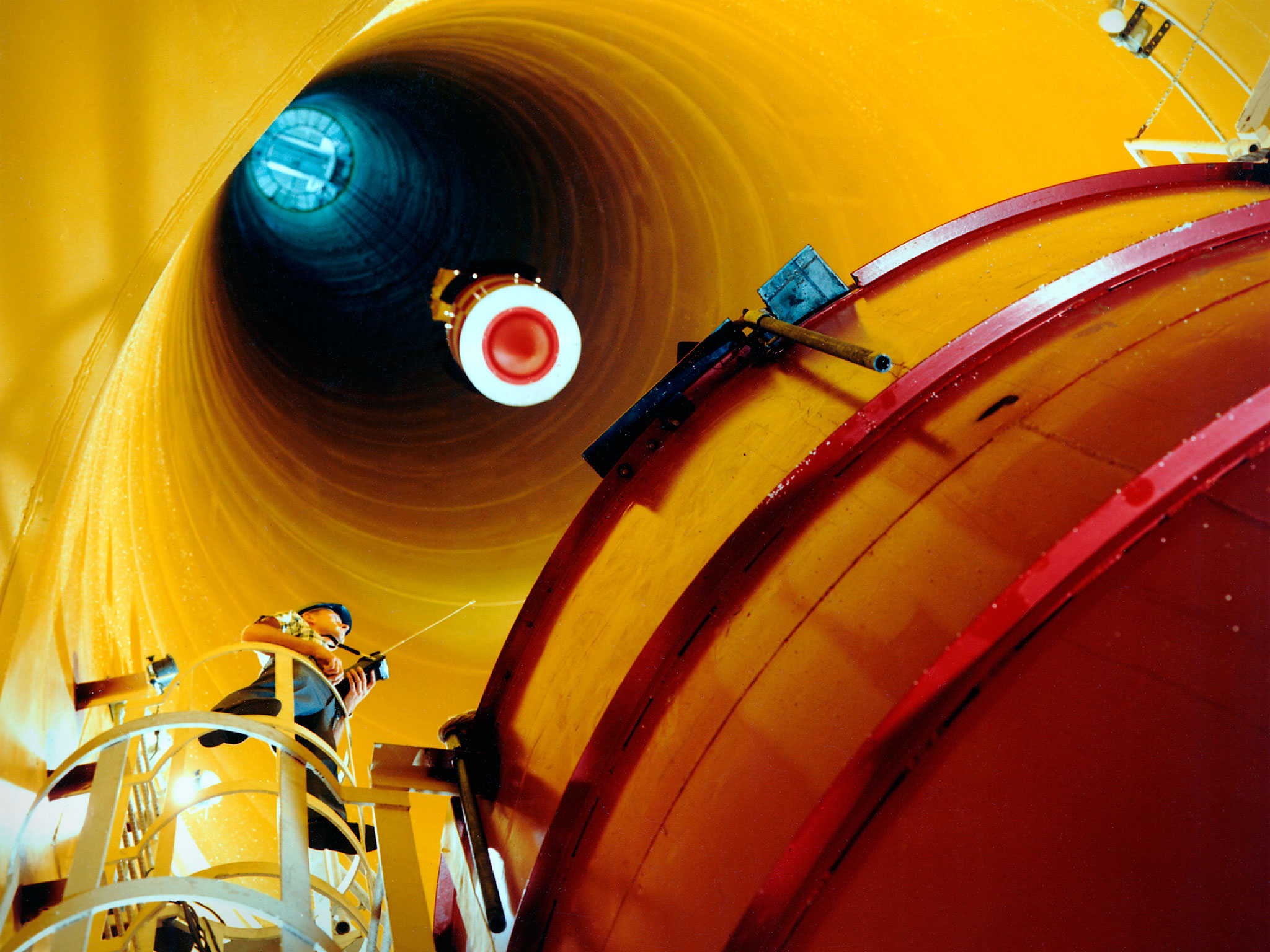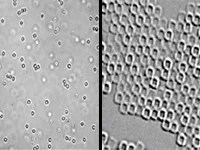However, tiny disturbances aboard the space station mimic the effects of gravity, and scientists need to understand, track, and measure these potential disruptions. Two accelerometer systems developed by NASA’s Glenn Research Center in Cleveland are being used aboard the station. Operation of these systems began with International Space Station Expedition 2 and will continue throughout the life of the station.
Space Acceleration Measurements System-II (SAMS-II)
 SAMS-II measures vibrations and transient acceleration disturbances resulting from space station vehicle activities, space station systems operations, experiment operations, crew movements, and space station structure thermal expansion and contraction. SAMS Remote Triaxial Sensor (RTS) systems are used to monitor onboard space station accelerations for individual experiments requiring direct acceleration measurement support.
SAMS-II measures vibrations and transient acceleration disturbances resulting from space station vehicle activities, space station systems operations, experiment operations, crew movements, and space station structure thermal expansion and contraction. SAMS Remote Triaxial Sensor (RTS) systems are used to monitor onboard space station accelerations for individual experiments requiring direct acceleration measurement support.
Each RTS is capable of measuring acceleration disturbances between 0.01 Hz and 400 Hz. This aggregate set of acceleration disturbances is commonly referred to g-jitter. Each RTS consists of two components: the RTS sensor enclosure (SE) and the RTS electronics enclosure (EE). The RTS-SE, placed as close to the experiment as possible, translates the g-jitter into a digital signal. The RTS-EE provides power and command signals for up to two RTS-SEs and receives the g-jitter data from the RTS-SEs.
Previous Missions
SAMS, the precursor to SAMS-II, flew on numerous shuttle flights since STS-40, including STS-107 (Columbia), which was lost in 2003. SAMS-II has been operating on the International Space Station since Expedition 2.
Facility Details
Facility Manager(s)
Kevin McPherson, NASA Glenn, Cleveland
Developer(s)
ZIN Technologies Incorporated, Cleveland
Gallery
Microgravity Acceleration Measurement System (MAMS)
 The MAMS is a complementary acceleration measurement system to SAMS. While the SAMS system measures acceleration disturbances from 0.01 to 400 Hz, the MAMS measures accelerations from DC to a maximum of 0.01 Hz. MAMS provides this complementary function by measuring accelerations caused by the aerodynamic drag of the space station as it orbits Earth. In addition, MAMS measures accelerations caused by small space station attitude adjustments and space station gravity gradient effects. These quasi-steady accelerations are confined in the frequency range below 1 Hz. MAMS consists of a low-frequency triaxial accelerometer, the Miniature Electro-Static Accelerometer (MESA), and associated computer, power, and signal processing subsystems contained within a double middeck locker enclosure.
The MAMS is a complementary acceleration measurement system to SAMS. While the SAMS system measures acceleration disturbances from 0.01 to 400 Hz, the MAMS measures accelerations from DC to a maximum of 0.01 Hz. MAMS provides this complementary function by measuring accelerations caused by the aerodynamic drag of the space station as it orbits Earth. In addition, MAMS measures accelerations caused by small space station attitude adjustments and space station gravity gradient effects. These quasi-steady accelerations are confined in the frequency range below 1 Hz. MAMS consists of a low-frequency triaxial accelerometer, the Miniature Electro-Static Accelerometer (MESA), and associated computer, power, and signal processing subsystems contained within a double middeck locker enclosure.
Facility Details
Facility Manager(s)
Kevin McPherson, NASA Glenn, Cleveland
Developer(s)
ZIN Technologies Incorporated, Cleveland
Principal Investigator Microgravity Services (PIMS)
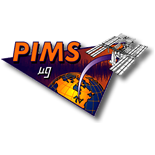 During the International Space Station era, the NASA Glenn Principal Investigator Microgravity Services (PIMS) project has provided principal investigators (PIs) with microgravity environment information and characterization of the accelerations to which their experiments were exposed during on orbit operations.
During the International Space Station era, the NASA Glenn Principal Investigator Microgravity Services (PIMS) project has provided principal investigators (PIs) with microgravity environment information and characterization of the accelerations to which their experiments were exposed during on orbit operations.
PIMS supports PIs by providing them with microgravity environment information for experiment vehicles, carriers, and locations within the vehicle. This is done to assist the PI with their effort to evaluate the effect of acceleration on their experiments. Furthermore, PIMS supports the investigators in the area of acceleration data analysis and interpretation and provides the microgravity science community with a microgravity environment characterization of selected experiment carriers and vehicles.
Also, PIMS provides expertise in the areas of microgravity experiment requirements, vibration isolation, and the implementation of requirements for different spacecraft to the microgravity community and other NASA programs.
The Principal Investigators Microgravity Services International Space Station portal

